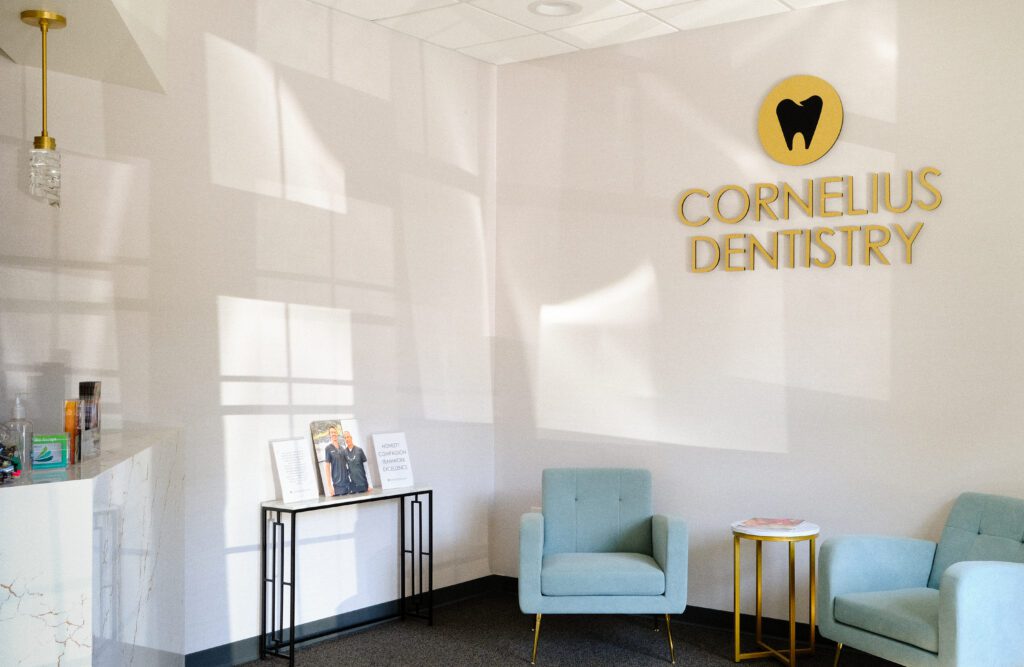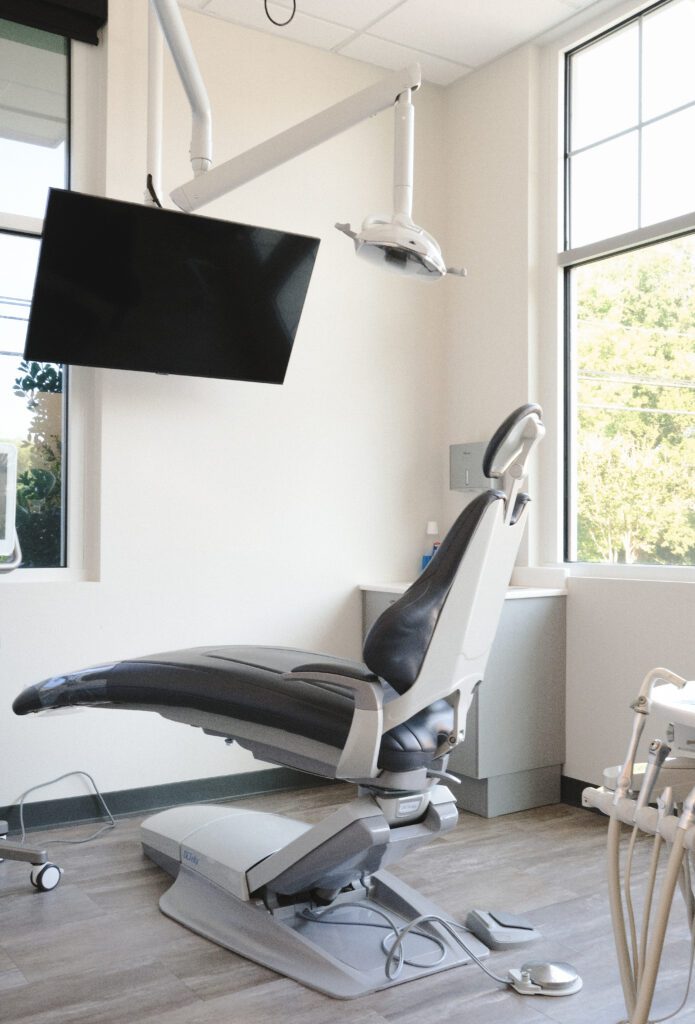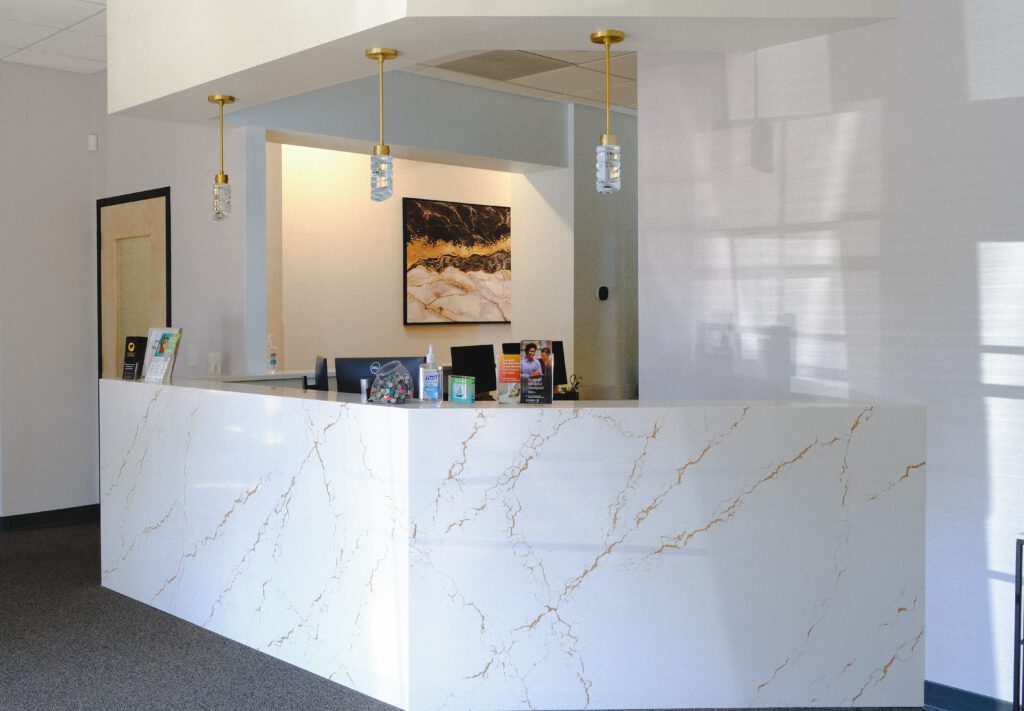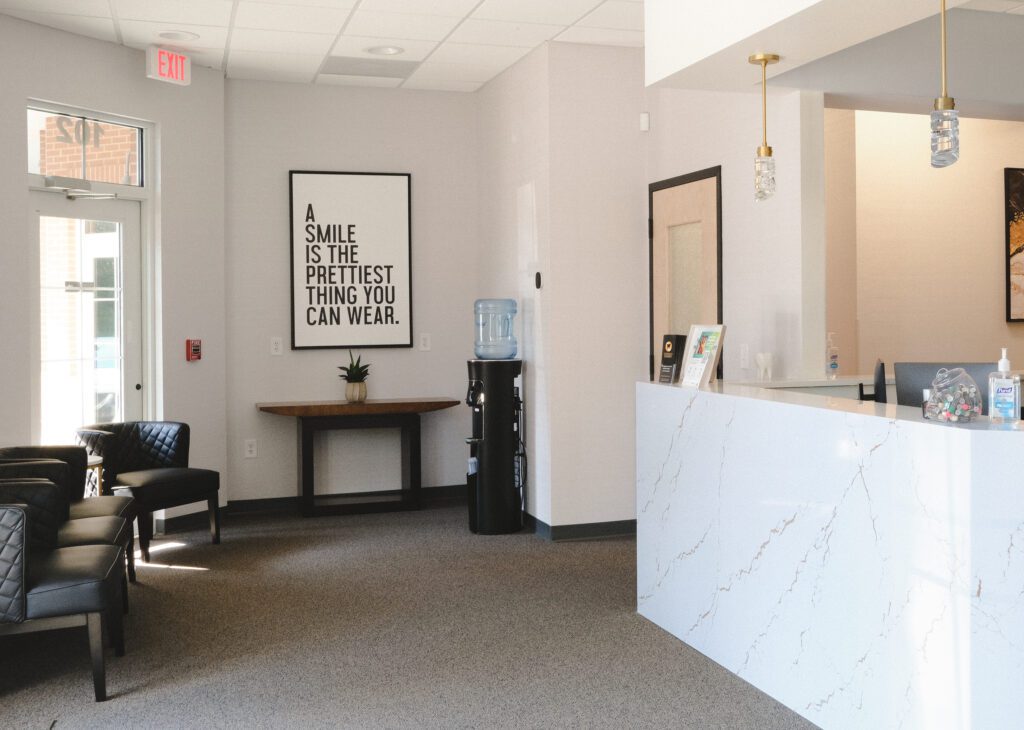Cornelius Dentistry
Step into the transformation achieved by TGA Renovated in partnership with Cornelius Dentistry, where our team did a full build out of the local practice. This project has revitalized the office with contemporary design and efficiency. Sleek lines, calming hues and a focus on functionality creates an atmosphere that is welcoming and exudes professionalism. From the waiting area to the consultation rooms, every aspect of this remodel has been carefully curated to be up to par for patients and staff.






